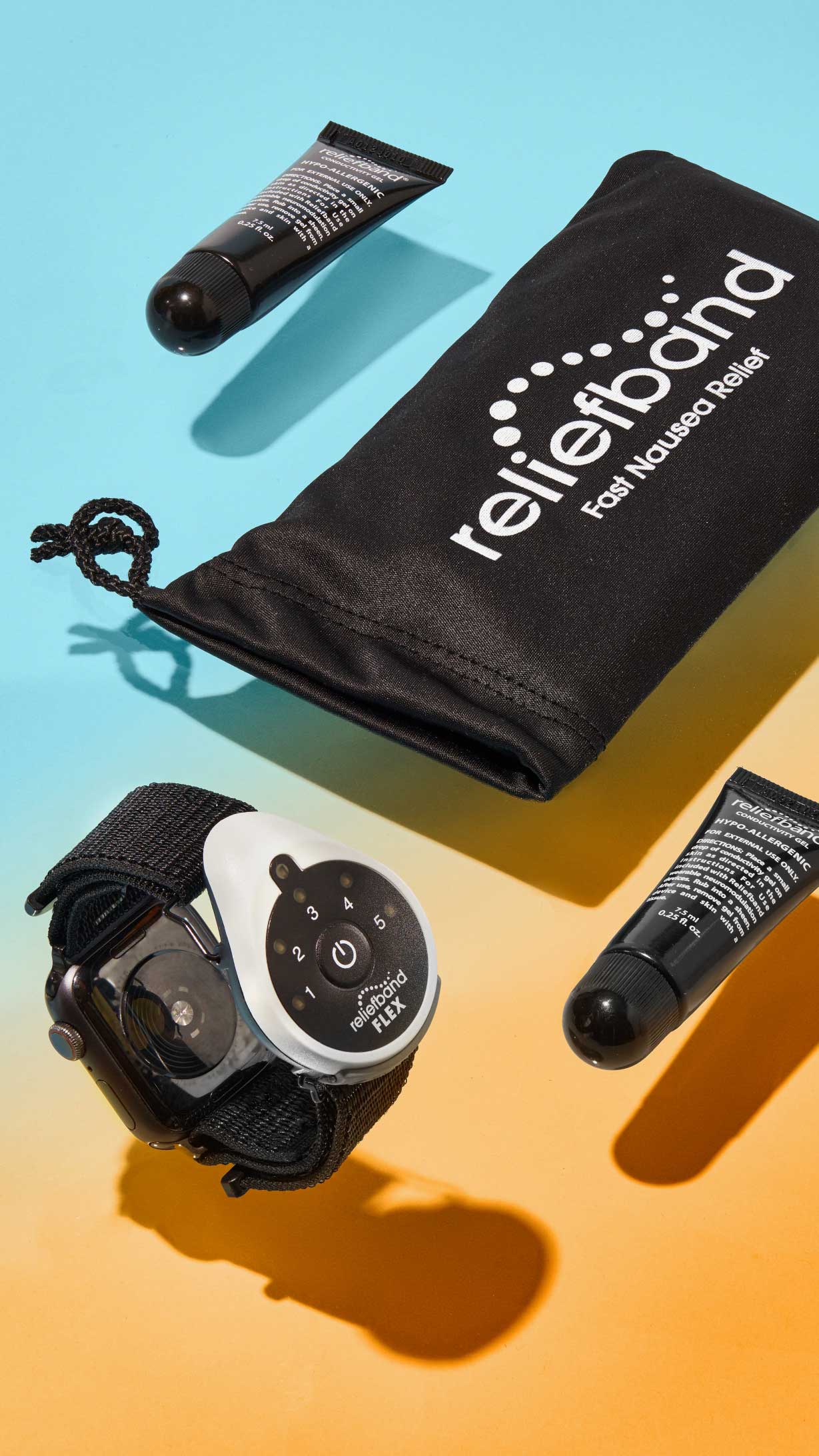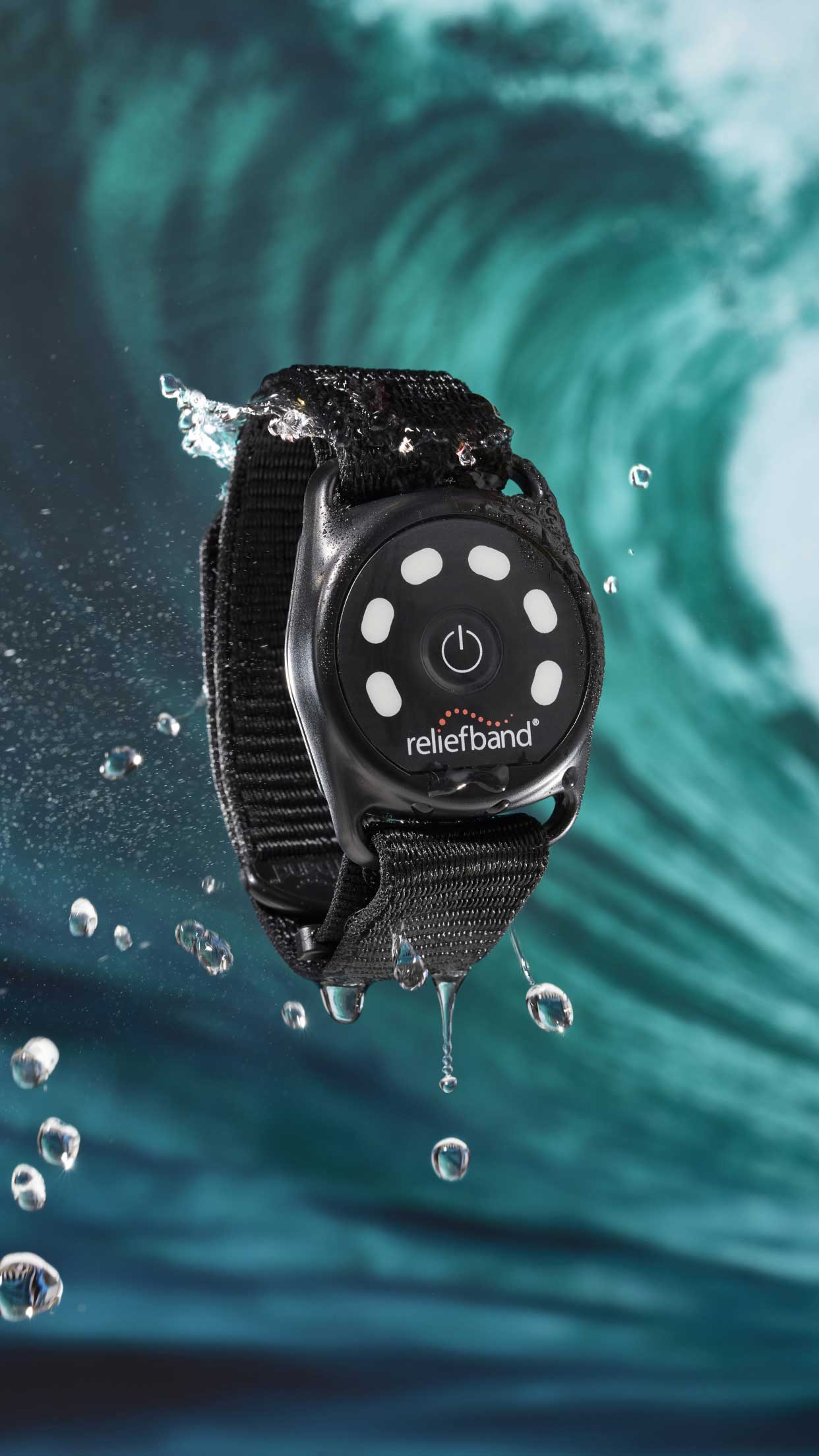Once you’ve been seasick, the notion of stepping aboard any vessel makes your stomach clench and clammy sweat pop out on your forehead.
Yes, it’s that bad.
But the good news is, you don’t have to live with it — you can go back on the water. Reliefband wards off the symptoms of mal de mer. You can now discover what it is that others find so charming about the sea. Or the lake, or the river!
But just for fun, and in case you find yourself without your Reliefband when most you need it, we thought we’d poke around the Web to see what old salts recommend for nausea and the vomiting that usually follows.
(These are very old salts, and we don’t endorse or recommend any of these “cures” for seasickness, but we thought you’d enjoy reading about them, nonetheless.)
When stormy winds try to blow you over, old sailors say you should drink lime juice, and only lime juice, until the seas are calm again. We should warn you that this and so much of what follows is unproven, so take it all with a grain of salt.
Speaking of salt, many sailors won’t go to sea without Saltines. They say the crackers are perfect for the tummy when the waves are rolling.
Old tars also say to hop in a hammock. You won’t feel the side-to-side rolling, but you may still feel the up-and-down bits.
In the very old days, it was proposed that a tight girdle would hold your innards still, and not allow them to toss about as the ship itself tossed and pitched, thus preventing nausea.
One particularly old tome claims that drinking salt water will cure seasickness — a never-fail cure. This is not, repeat, not true, but we couldn’t resist including it.
An old salt recalling his first official voyage said his mates offered him cold, stewed tomatoes and crackers when he became seasick.
Basically, it comes down to this — talk to a sailor, get a home remedy for seasickness. Anything from wearing underwear three sizes too small, to aromatherapy, to eating dill pickles.
It’s all out there, waiting to be tried. But we recommend following the science of Reliefband.
Better safe than sorry!





